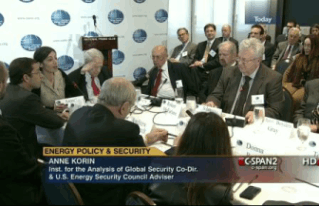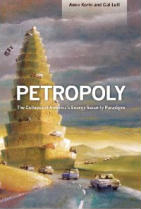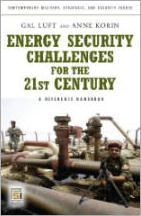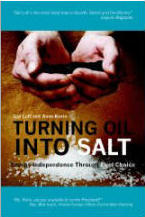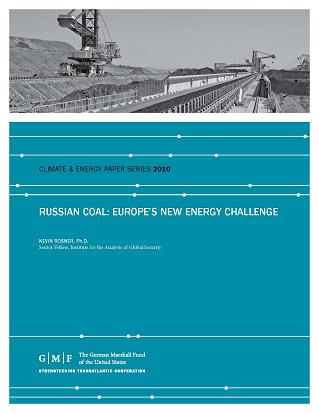With the price of oil hovering near its historic high, with oil terrorism unlikely to go the way of the Dodo bird anytime soon, and with recent events in Fukushima bearing down on a beleaguered nuclear industry, it’s high time government, industry and consumers take a sober look at where we stand both in terms of oil dependency and power generation. While US Special Forces, the CIA, DHS, Interpol and others can help protect us from future bin Laden wannabes, who is going to protect us from ourselves? Gertjan Lankhorst, the former CEO of GasTerra and present Vice-President of Eurogas, the European Gas Association, took the public to task last week calling public debate on energy largely ill-informed and superficial. This leads to other things (and we don’t need Mr. Lankhorst’s corroboration on this) such as resistance to new energy projects, to new technologies, and thus to new alternatives that can help ensure a more secure energy future for everyone. While Mr. Lankhorst may be inadvertently painting himself as a European Newt Gingrich of the energy world, it is too easy to dismiss the intent of his remarks albeit presented here in a more politically-correct fashion.
Long-term energy solutions are exactly that: long term. These solutions require a well educated workforce to devise these solutions and a well educated public to understand them. Otherwise it may be, using the US as one example, that the technological research and advanced development of energy technologies (in the safer and more palatable application of nuclear technologies as an example see Micah Loudermilk’s article this month on small nuclear reactors) will happen in places like China or India and not in the US. So on top of importing costly Saudi crude driven higher by the threat of oil terrorism, we will also be importing advanced technologies from places that are knowledge-rich but resource poor (China and India spring to mind) if we don’t take our own future in our own hands (in the United States which is resource rich but runs the long term potential of becoming knowledge poor).
To his credit, Mr. Lankhorst is pushing for a more inter-disciplinary approach to energy education, taking into account the political, economic as well as technical aspects of energy and power. I can’t help but agree with this as it mirrors our own multidisciplinary approach toward the coverage of energy security across a horizontal, hybrid landscape.
Current geopolitical realities, from the continuing effects of the Arab Spring on the energy landscape, particularly on Israel as the Egyptian-Israel gas accord comes under attack from Arab revisionists in the post-Mubarak era, to the ongoing melting of ice across the Arctic and what that means for Canada and non-Arctic states who seek access to buried hydrocarbons found there (we provide several articles in this issue from two of our JES Canadian contributors), are also part of what we might call our contribution to continuing energy education.
Keeping with our contrarian penchant in covering energy issues, Jude Clemente examines the importance and yet delineates the limits of energy efficiency as a panacea for the world’s energy woes. Hooman Peimani at the National University of Singapore gives us an Asian perspective on the future of nuclear energy across that region. As Hooman points out, Asian experts recognize that the fundamentals driving nuclear in Asia were not changed by events in Fukushima, and therefore the region’s commitment towards bolstering its own energy future in part from nuclear has not waned as a result. In fact, Asian patience with its own nuclear future is instructive. The stakes across Asia for national and regional energy security are high. While not even the IAEA has released its final report on what has been learned from the Fukushima incident, best to wait before dismissing an entire class of technology that can deliver reliable, baseload non-carbon emitting power to end-users.
So what goes around comes around. To dismiss past events is to risk undue future peril: from dismissing the threat from oil terrorism just because one bin Laden has been made history to dismissing an entire class of carbon-free power generating technology before learning what exactly did and did not happen at the Fukushima Daiichi reactor complex should be our lessons learned. The energy problems we face are daunting but can be dealt with through capacity building through education, through creative problem solving leading to innovation, and through a stern commitment to balancing the energy demands of growing populations against the gauged and acknowledged risks of providing workable solutions to these challenges regardless of their political palatability.



 Archive
Archive 


